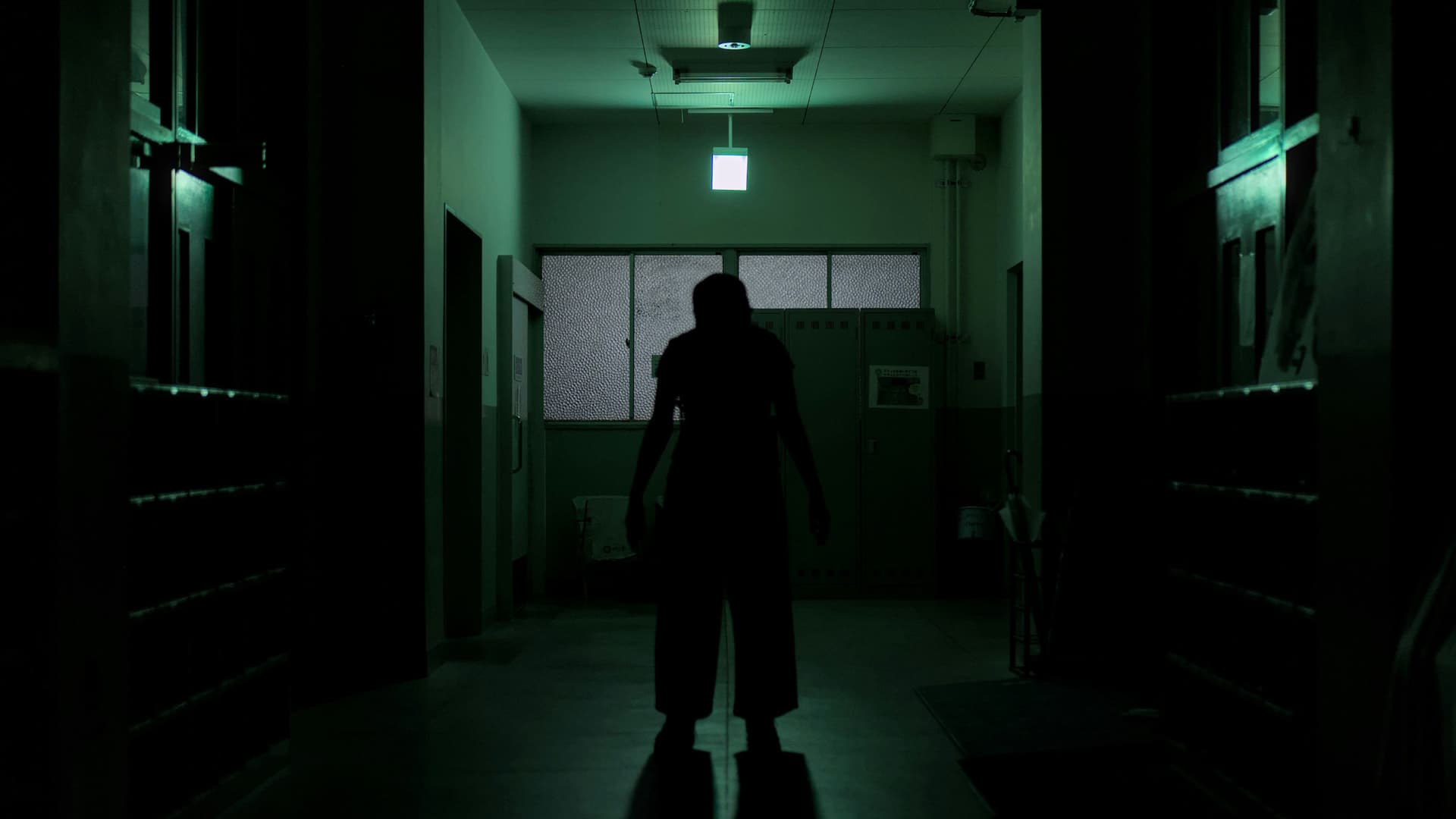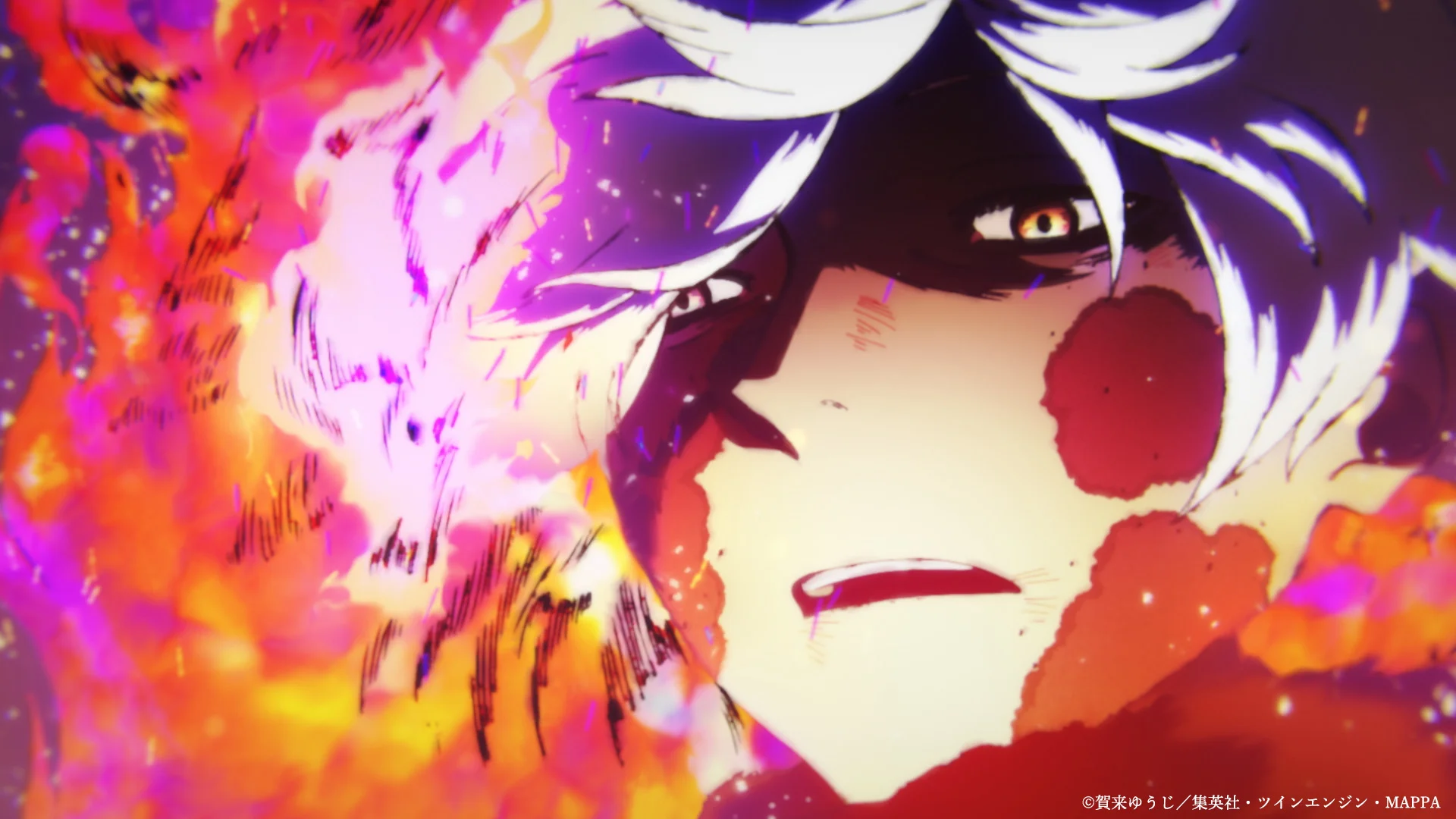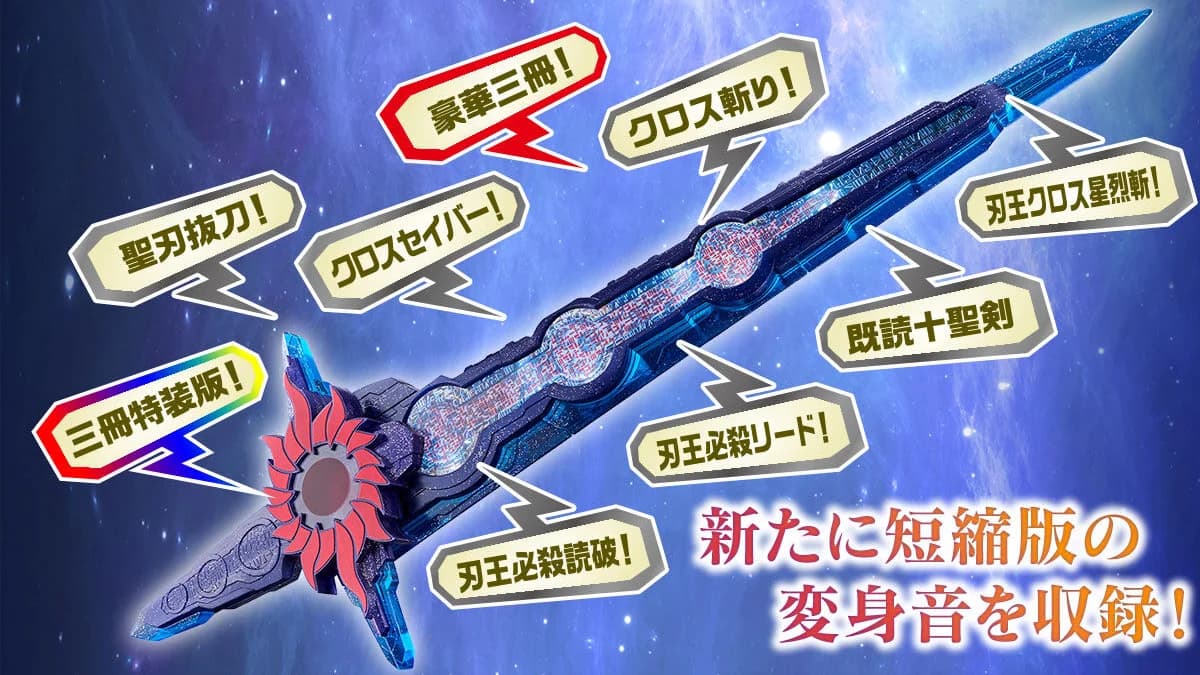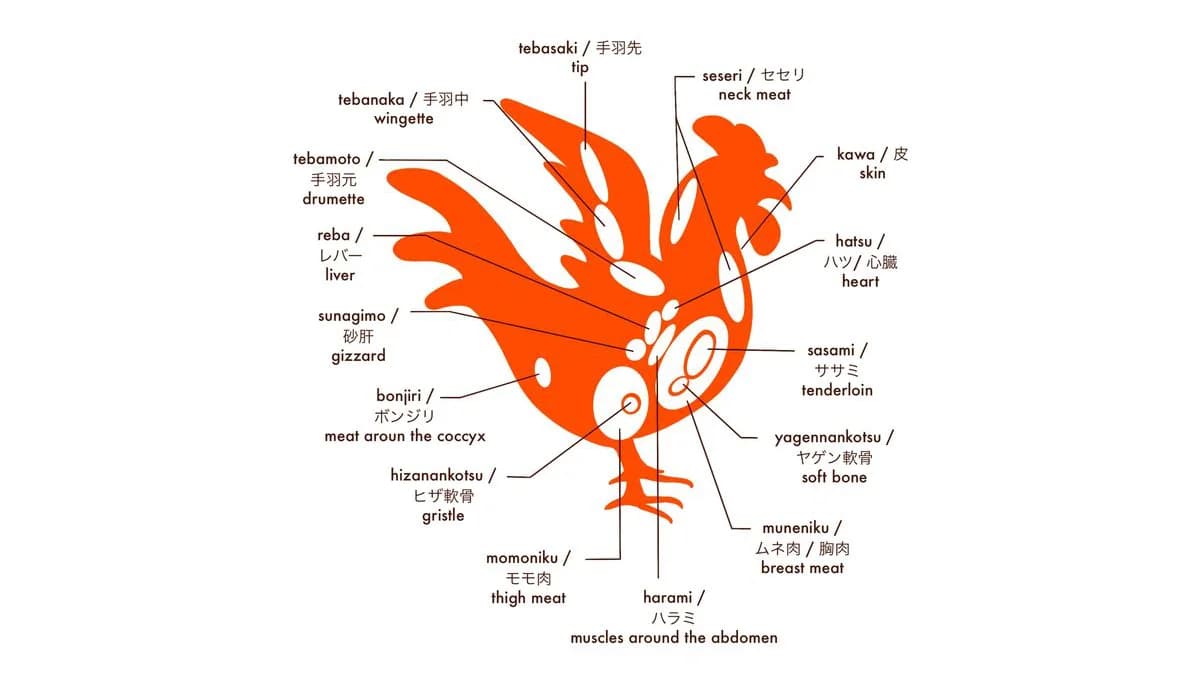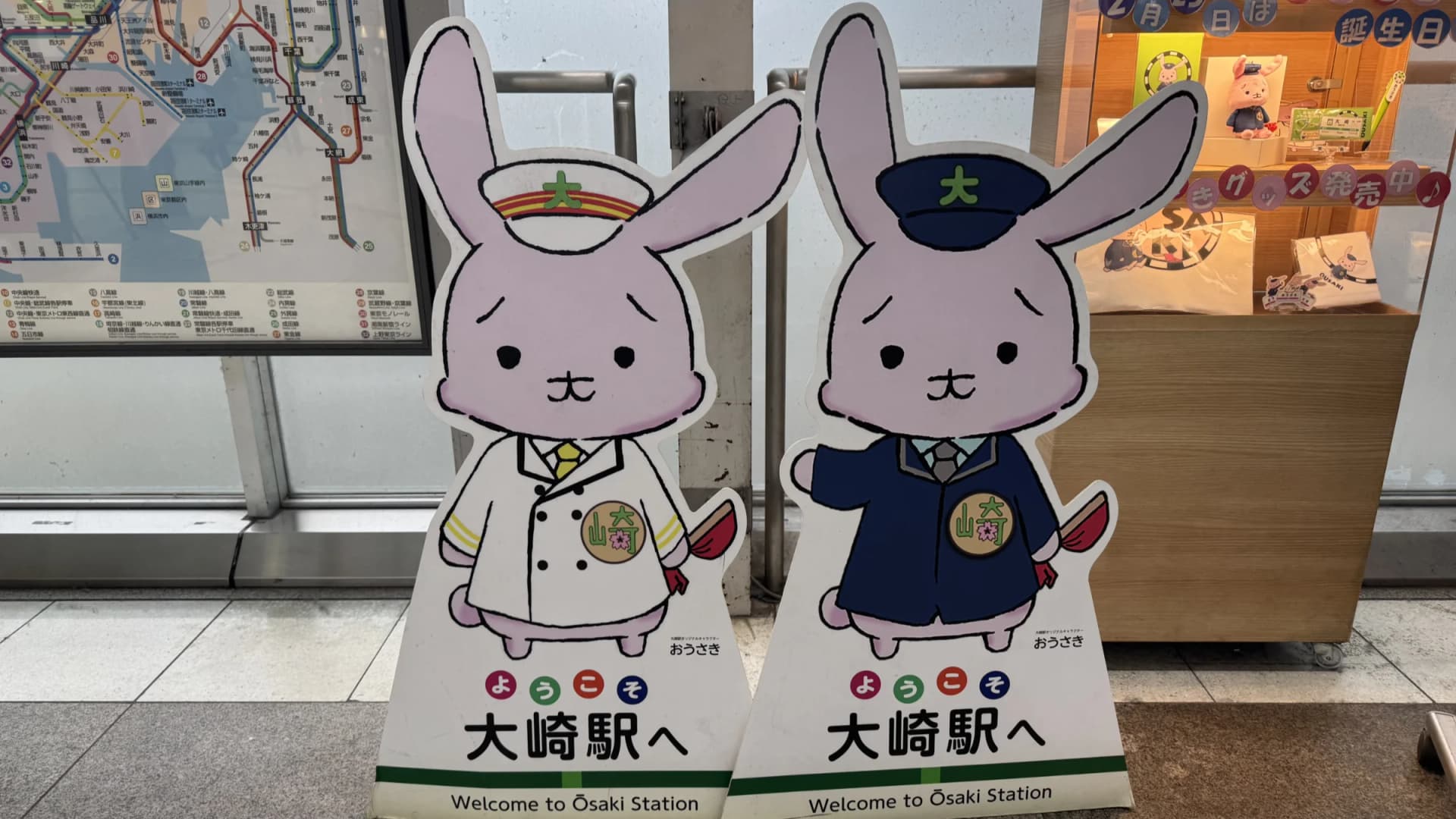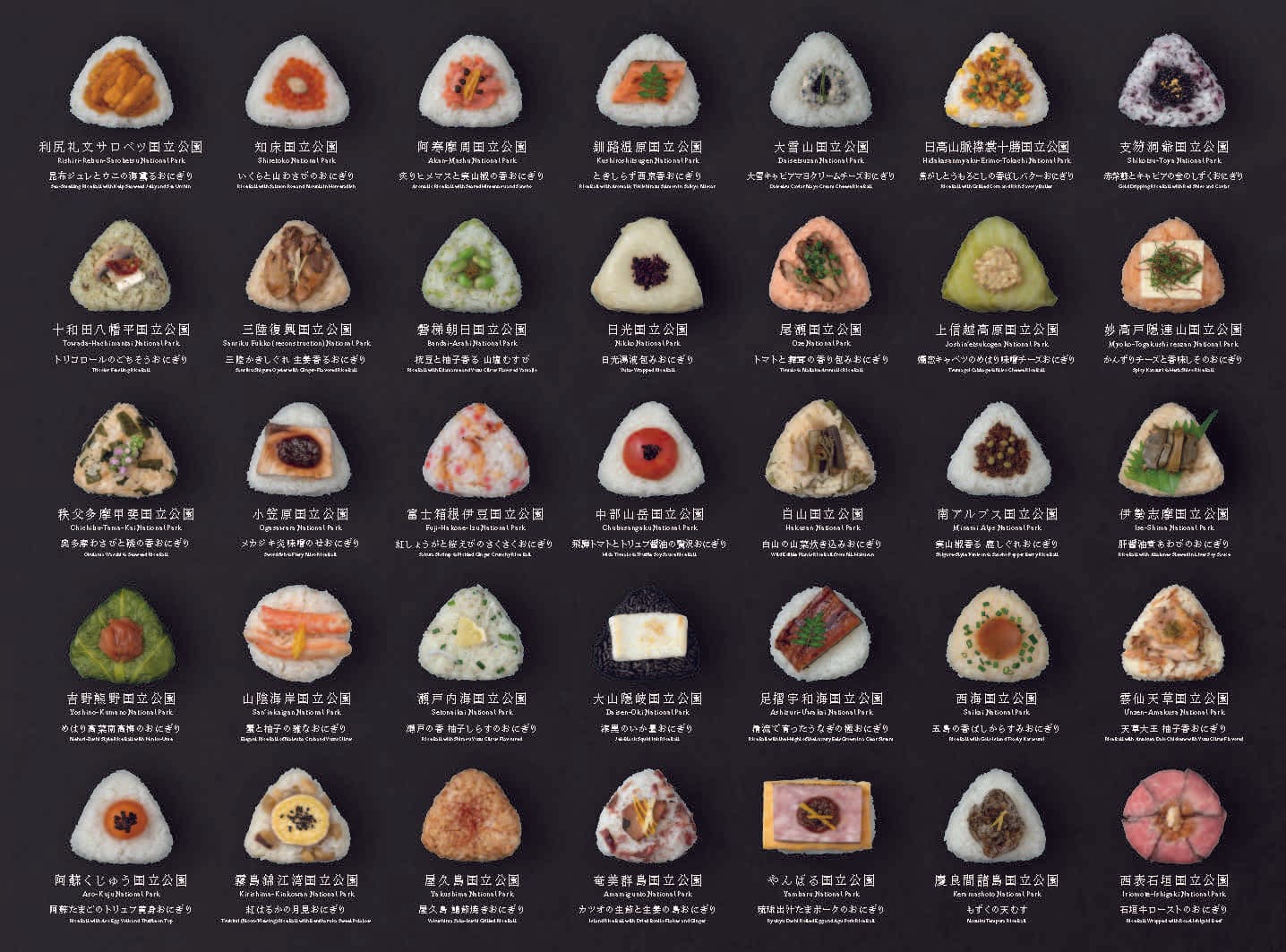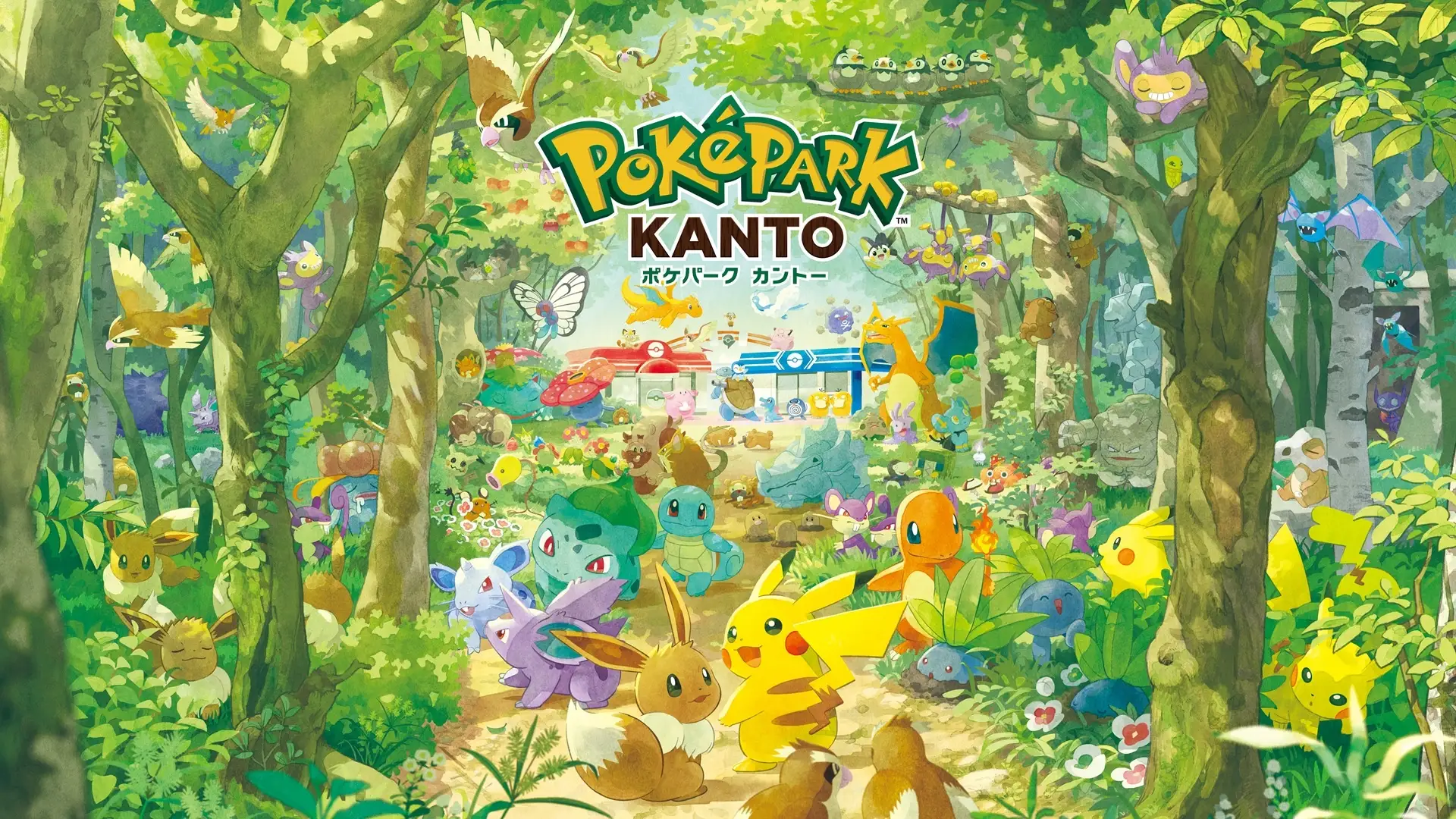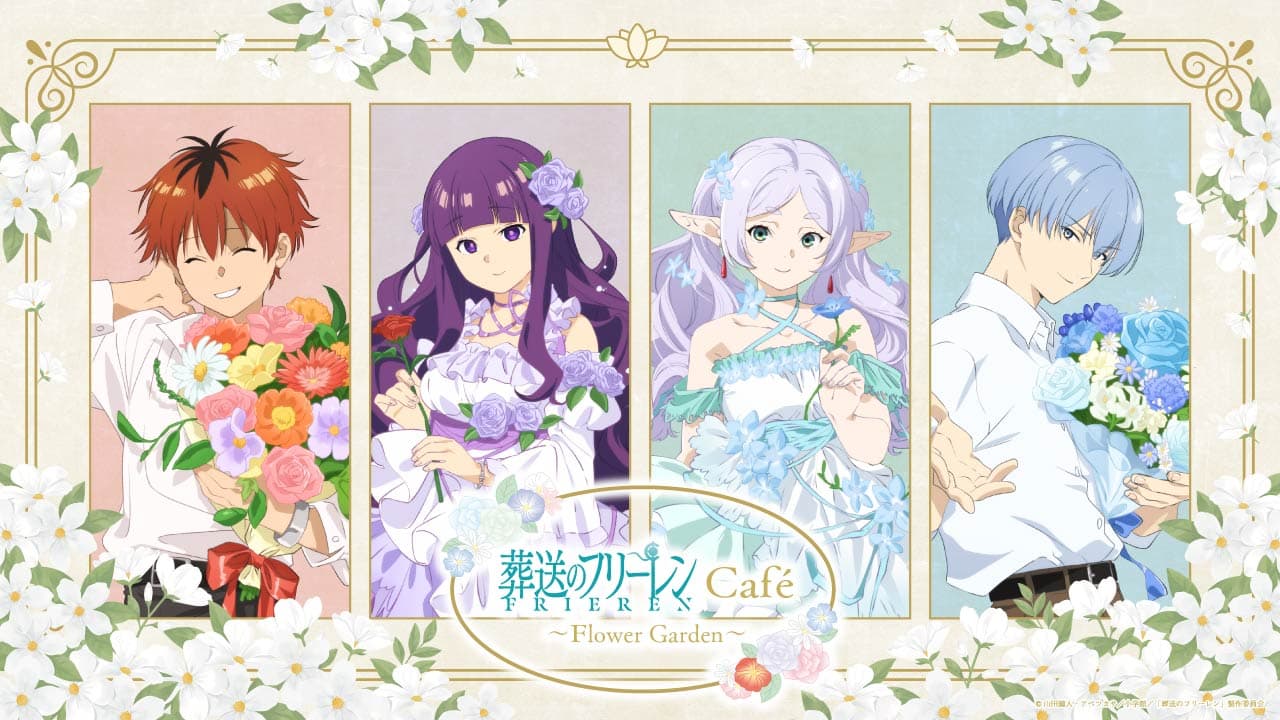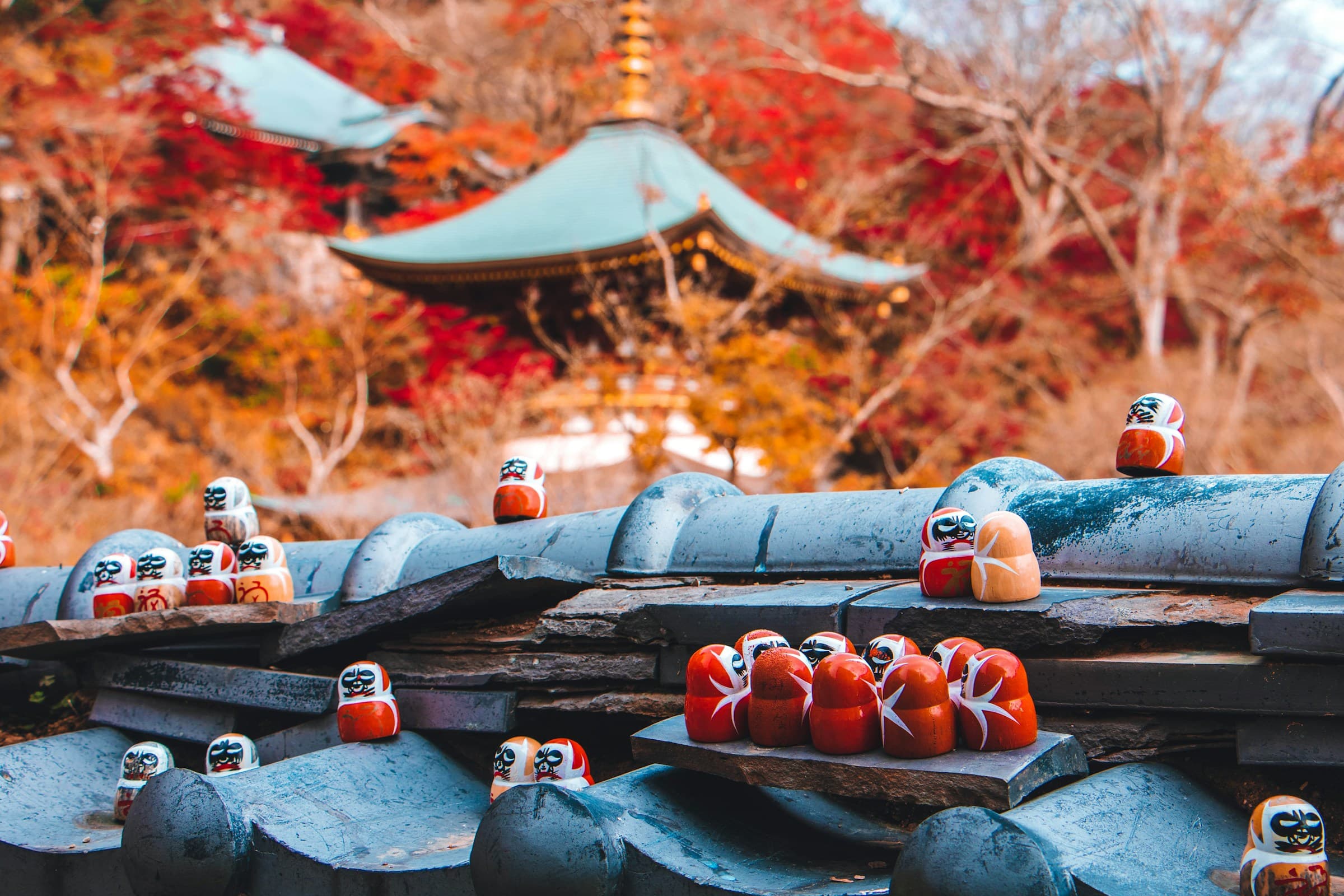
Experiencing Japan's Four Seasons Through Its Biggest Celebrations
Chōyō no Sekku 重陽の節句 - September 9th
Chōyō no Sekku, also known as Kiku Festival, is a traditional Japanese festival celebrated on the 9th day of the 9th month. This festival is also referred to as the Chrysanthemum Festival or Double Ninth Festival.
The origin of Chōyō no Sekku can be traced back to China. In China, odd numbers were considered auspicious, associated with yang energy, and days where odd numbers coincided, such as March 3rd and July 7th, were seen as fortunate. Among them, September 9th, which bears the highest yang energy with the number “9”, was known as “Chōyō” and transmitted as the “Kiku no Sekku” or Chrysanthemum Festival.
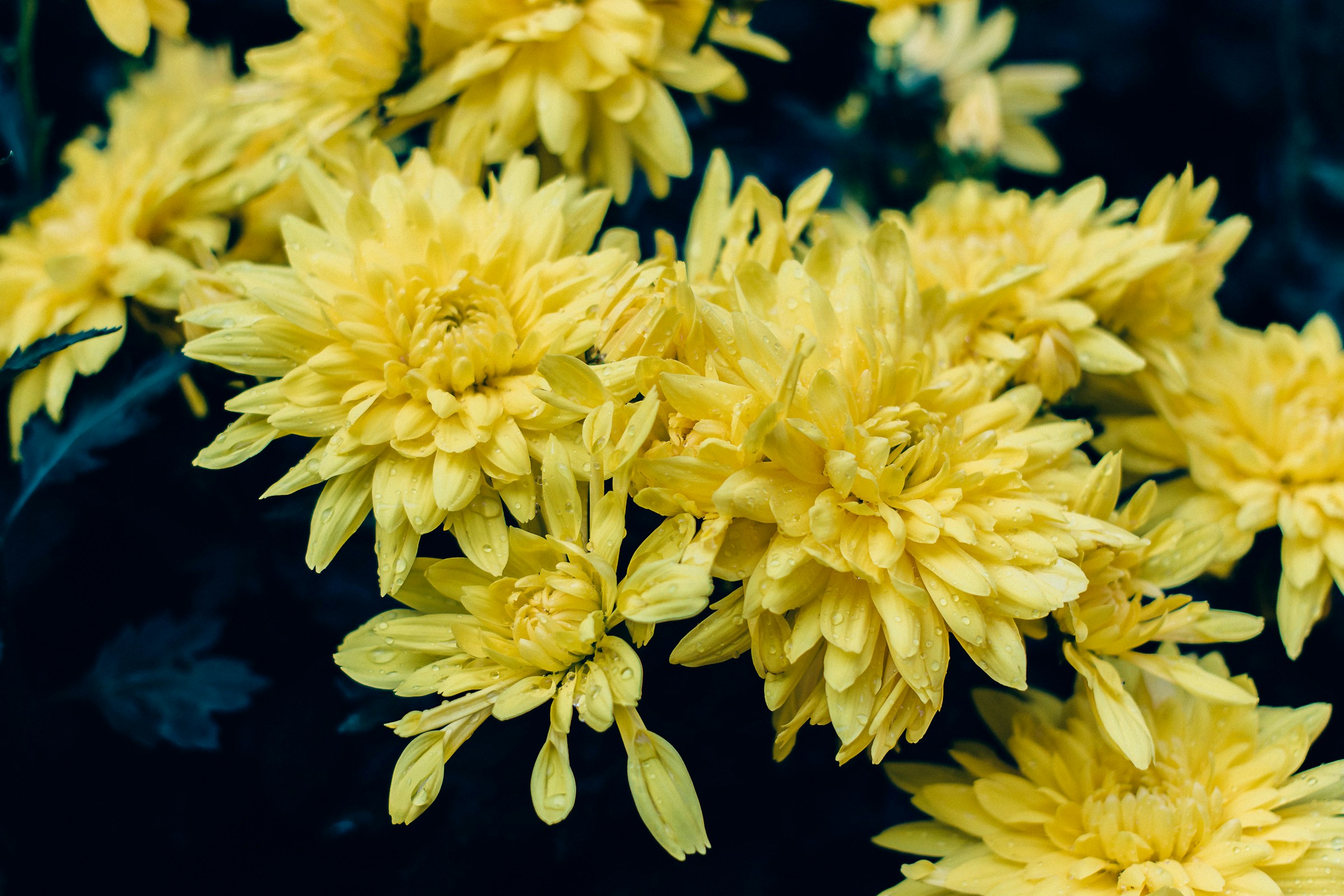
This festival is dedicated to honouring the chrysanthemum flower, which holds a special place in Japanese culture, symbolising not only beauty but also longevity and happiness.
During the Kiku Festival, it is customary to display chrysanthemum flowers, particularly the chrysanthemum of nine layers (九重の菊, Kuju no Kiku), believed to bring good luck and ward off evil spirits. People also enjoy chrysanthemum-themed decorations, partake in tea ceremonies, and savour traditional foods like Kuri gohan (栗ご飯) - chestnut rice, and Kuri mochi (栗餅) - chestnuts with glutinous rice.
Beyond celebrating the chrysanthemum, the Kiku Festival is also associated with prayers for health and longevity. This festival is observed at both Shinto shrines and Buddhist temples.
Tsukumi 月見 - from mid-September to early October
The Tsukimi, or Moon Viewing event, also known as Chushu no Meigetsu (中秋の名月), or "the Mid-Autumn Full Moon”, is traditionally believed to showcase the most beautiful moon of the year.
A full moon refers to the state where the light from the sun reflects off the moon, making it appear circular when viewed from Earth. The fact that sunlight is being reflected means that the moon is in the position opposite to the observer on Earth. When the moon, Earth, and sun align in a straight line, the moon appears round when seen from Earth.

Many shrines and temples host ceremonies to honour the moon on these evenings, including old Japanese court music - Gagaku (雅楽), Kyogen comedy plays (狂言), and traditional Shinto music and dancing for the deities - Kagura (神楽). Shrine musicians perform Tanka (短歌) and Haiku (俳句) poems submitted from all over the country in the traditional style.
Tsukimi traditions include displaying decorations made from Japanese pampas grass - Susuki (薄) and eating rice dumplings called Tsukimi Dango (団子) to celebrate the beauty of the Moon. Seasonal produce is also displayed as offerings to the Moon.
Shūbun no Hi 秋分の日 - September 22th or 23rd
Shūbun no Hi, or Autumnal Equinox Day, is a significant national holiday celebrated around September 23rd each year. This day marks the arrival of autumn and the equinox when day and night are nearly equal in length.
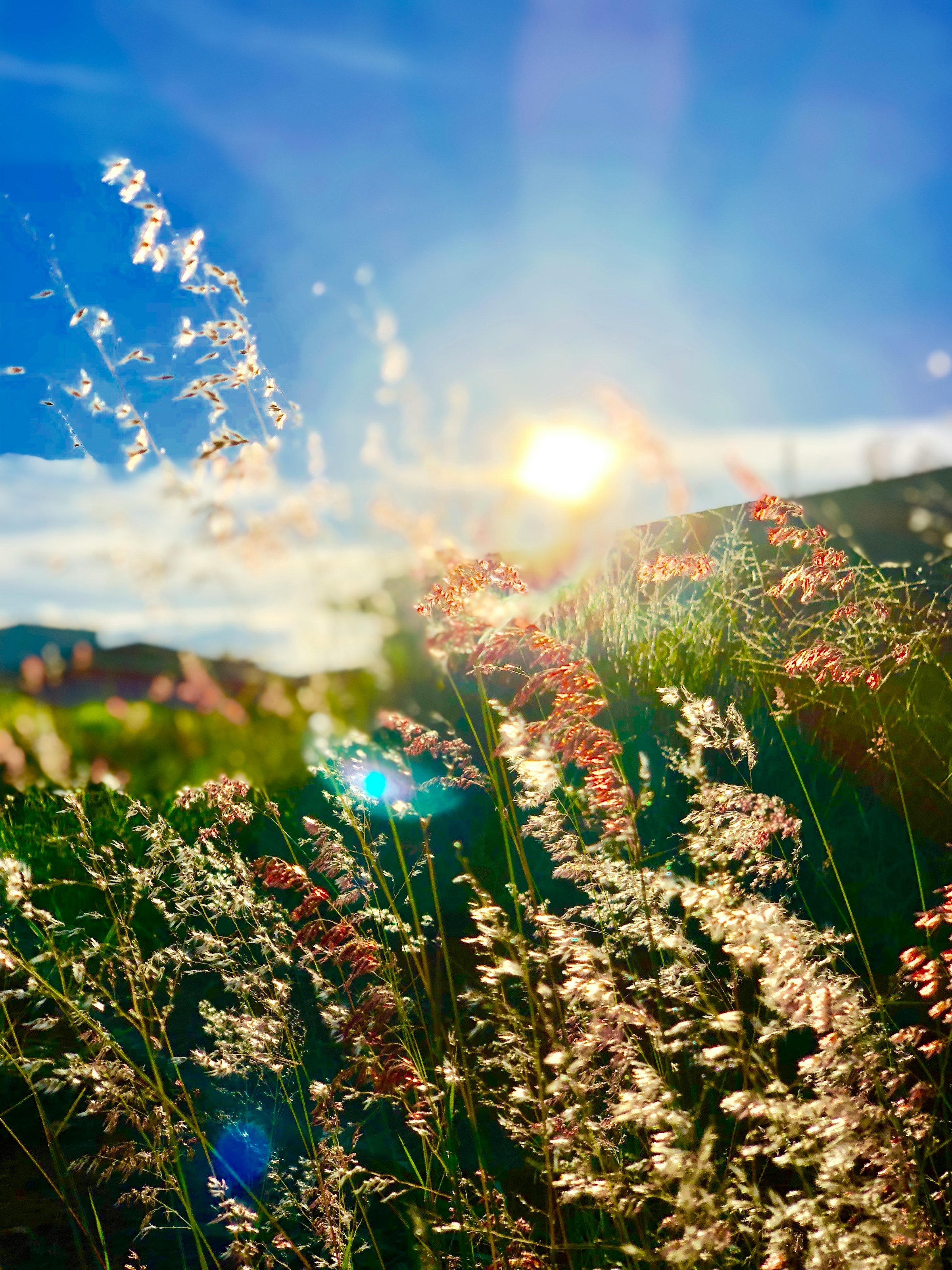
One of Japan's five annual Sekku or seasonal festivals, Autumnal Equinox Day has both cultural and spiritual significance. Traditionally, it was a time to honour one's ancestors and pray for a bountiful harvest. Families often visited their ancestral graves to clean and offer flowers, incense, and food to the spirits of the deceased.
In modern times, Autumnal Equinox Day is a time for people to appreciate nature's beauty as the leaves begin to change color, signalling the arrival of autumn. Many Japanese take this opportunity to spend time outdoors, go for nature walks, or enjoy picnics with family and friends.
Last Updated:
